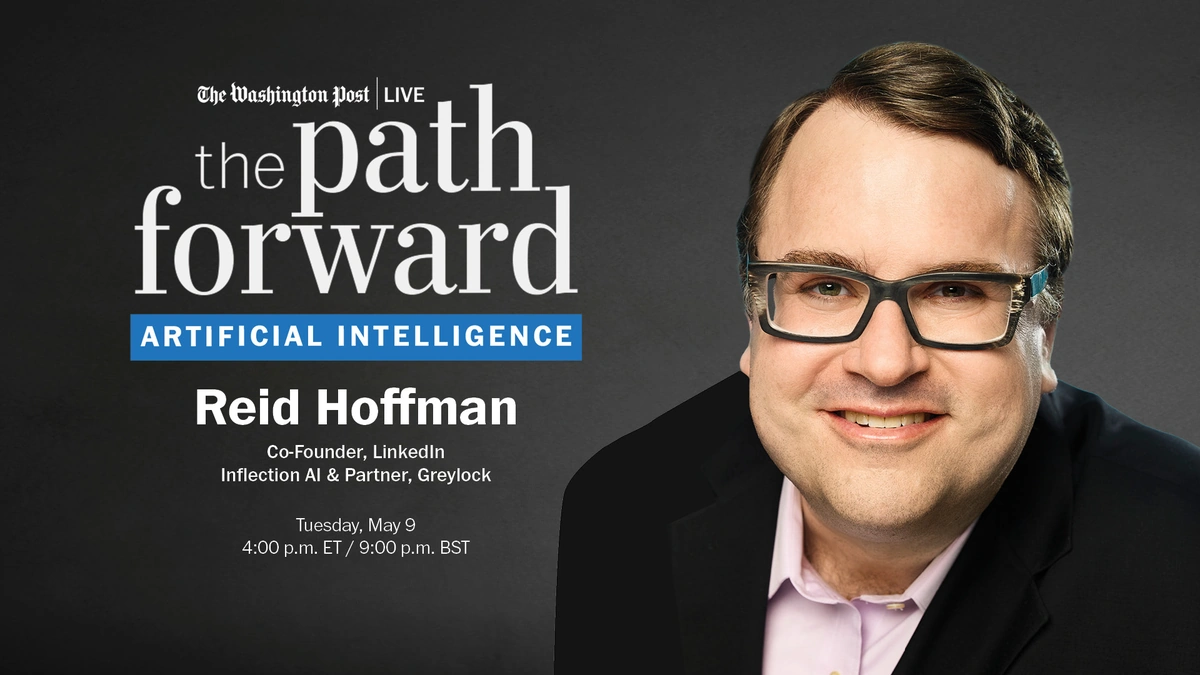Okay, let’s be honest. When you hear the name Reid Hoffman , what’s the first thing that pops into your head? LinkedIn, right? Sure, that’s a massive part of his legacy – he basically reinvented professional networking. But here’s the thing: reducing Hoffman to just LinkedIn is like saying the Mona Lisa is just a painting. There’s so much more going on beneath the surface. What fascinates me is the “why” behind his success, and how his unique blend of philosophy, pattern recognition, and calculated risk-taking has made him one of Silicon Valley’s most influential figures. Let’s dive into that.
Why Reid Hoffman’s Thinking Matters Now

In a world obsessed with overnight success stories and fleeting trends, Hoffman offers a refreshing perspective: long-term vision combined with adaptability. He isn’t just building companies; he’s building ecosystems. Take his investments, for instance. He doesn’t just throw money at shiny new apps. Instead, he seems to be keenly focused on infrastructure. He identifies fundamental shifts in society and technology, and then bets on the companies that will shape those changes. That’s why it’s important to understand the Reid Hoffman Masterclass approach to long-term thinking.
But it goes deeper. He’s a modern-day philosopher-king (minus the king part, of course). He actually studied symbolic and computational systems at Stanford. That’s a fancy way of saying he’s trained to think about how information flows, how systems interact, and how to model complex realities. You know, all the fun stuff. This analytical foundation is crucial to understanding his investment strategies and his approach to problem-solving. He sees patterns that others miss and understands the second and third-order effects of technological disruption.
The Hoffman Playbook: Strategic Networking & Blitzscaling
Blitzscaling . Ever heard of it? It’s Hoffman’s brainchild. Basically, it’s the art of prioritizing speed over efficiency when building a company. The idea is to grow as fast as humanly possible, even if it means making mistakes along the way. Why? Because in today’s hyper-competitive landscape, the first mover often wins. This concept, born from Hoffman’s deep understanding of network effects, is now standard practice in the valley.
But strategic networking is more than just attending conferences and collecting business cards. It’s about building genuine relationships, understanding people’s motivations, and creating mutually beneficial connections. Reid Hoffman seems to intuitively grasp this. He’s not just connecting with people to get something from them; he’s connecting with them to build something together. In fact, you should check out this interesting article about the relationship-based nature of business. And that’s what makes his network so powerful.
Reid Hoffman’s Investments: Seeing the Future, One Startup at a Time
Let’s talk about money. Hoffman has invested in some of the most successful tech companies of our time. Think Facebook, Airbnb, and… well, the list goes on. But here’s the thing: his investment strategy isn’t just about picking winners. It’s about actively shaping the future. He looks for companies that are not only disruptive but also have the potential to create positive social impact. He’s not just chasing profits; he’s trying to build a better world (or at least, a more connected one).
What really sets Hoffman apart is his ability to think like a chess master, anticipating multiple moves ahead. He doesn’t just see the current landscape; he envisions the future and invests in the pieces that will shape it. And while there is a lot of information available about the Reid Hoffman Foundation it is really his approach to business that is what makes him worth studying.
Beyond LinkedIn | Hoffman’s Philanthropic Pursuits
Here’s where things get really interesting. Beyond the tech world, Hoffman is deeply involved in philanthropy. He’s a major supporter of organizations that promote education, research, and innovation. He understands that technology alone can’t solve the world’s problems; it needs to be coupled with human ingenuity, compassion, and a commitment to social good. Let me rephrase that for clarity: Hoffman believes technology is a tool, not a panacea. And that’s a perspective we desperately need more of today.
And this brings him full circle. He doesn’t just see technology as a way to make money or build empires. He sees it as a tool to connect people, to empower individuals, and to create a more just and equitable world. Or, at least, he’s working towards that. Check out this other article about similar approaches in the business world.
FAQ: Unpacking the Reid Hoffman Phenomenon
What is Reid Hoffman most known for?
He’s best known as the co-founder of LinkedIn, but he’s also a prolific investor and thought leader.
How does Reid Hoffman approach investing?
He focuses on long-term trends and companies with the potential for positive social impact. And onblitzscaling. Can’t forget that.
What is blitzscaling?
It’s the strategy of prioritizing rapid growth over efficiency in a startup.
Is Reid Hoffman involved in philanthropy?
Yes, he supports various organizations focused on education, research, and innovation.
What’s unique about Reid Hoffman’s way of thinking?
His blend of philosophical training, pattern recognition, and calculated risk-taking gives him a unique perspective on technology and society.
So, the next time you hear the name Reid Hoffman , remember that he’s more than just a tech entrepreneur. He’s a thinker, a builder, and a philanthropist. He’s a modern-day Renaissance man. And that, my friends, is why his work is so fascinating.




